This Bonkers 1,000 HP Flying Supercar Soars Like a Jet and Looks Like a Bugatti
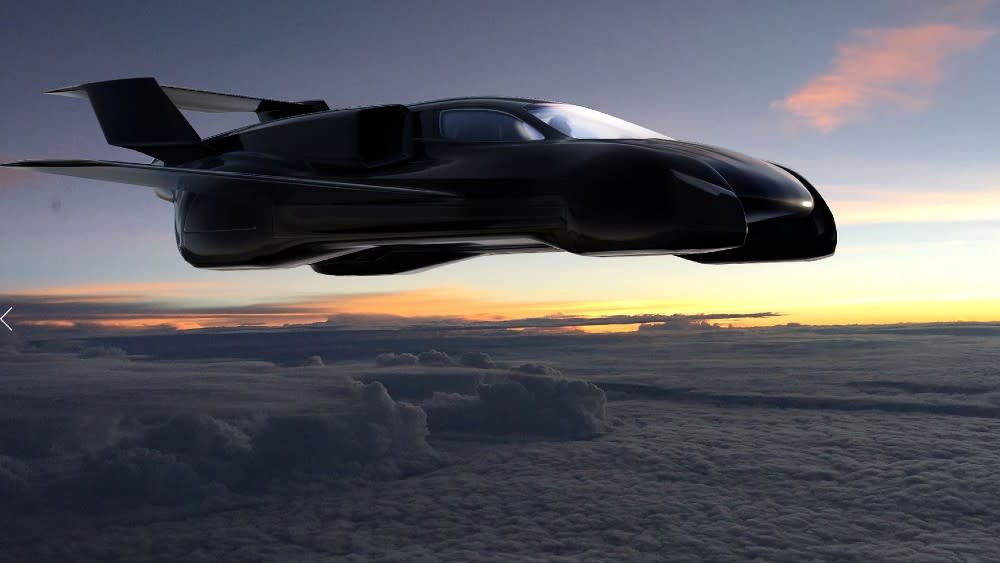
A flying supercar sounds like a fever dream conjured up by the love child of Elon Musk and Judy Jetson. And yet, here we are, with the Fusion JC7 jet-engine concept car.
This speedy curio comes to us from the mind of Greg Brown, a designer from California who spent time flying F-18s for the U.S. Navy, and then flew Boeing 777s for United. Brown has been tinkering with the design of the Fusion JC7, née Firenze Lanciare, for nearly 20 years. (The former Italian name was recently deemed too hard to say and remember, so was changed.)
More from Robb Report
Flying Cars Are Finally Coming: Here Are 3 That Will Hit the Skies Soon
Two eVTOLs Hit the Skies in One Week, Proving That Emissions-Free Flying Is (Almost) Here
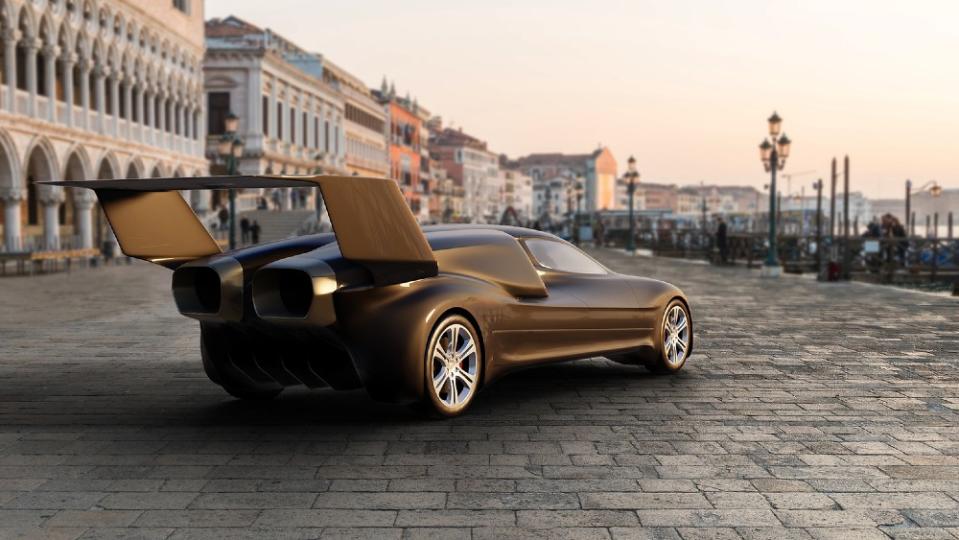
Currently, the renderings resemble something like a stretched-out Bugatti at 24-feet, 8-inches long, albeit one with hideaway wings. When parking the jetcar, the rear stabilizer folds in, shaving two feet off the total length, or about as long as a long-bed pickup. Brown’s creation is not simply an eVTOL. Instead the Fusion will be blisteringly fast on the ground, as well as fully capable in the air.
When it has four tires on the asphalt, the Firenze will be fully electric, with twin Tesla motors totaling 1,000 hp, one in the front and one in the rear. A full 920 pounds of torque means the JC7 can go from 0 to 60 mph in under four seconds. LG Chem batteries in its floor give the car a 150-mile range as well.
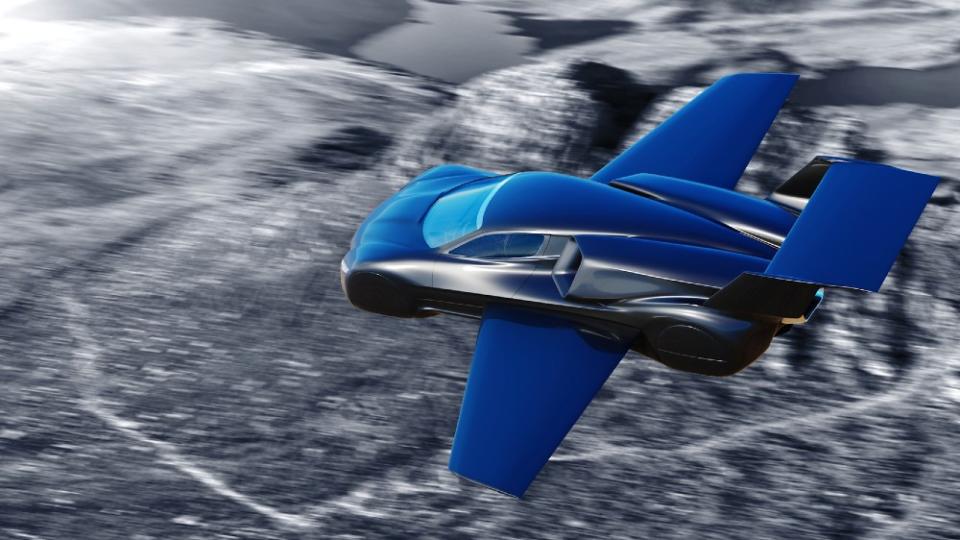
With its wings extended the craft can generate 2,000 pounds of thrust thanks to its twin Williams FJ-33 jet engines, which weigh just 320 pounds. It should take roughly six seconds to go from 0 to 140 mph, and cruise speed in flight is 520 mph (Mach .82). At that rate, the flying car can travel 750 miles by air with a full 300-gallon fuel tank.
The design is currently with Corvid Technologies undergoing Computational Fluid Dynamics (CDF) testing to identify the pitching moments and drag coefficient.
The whole thing may sound a bit out there. But Brown is confident it will work. “I have presented this design to Stanford PhDs at their aerospace program, and they liked it,” he told Robb Report. “The engines, wings, and other components are similar to existing business jets. So it’s not a question of will it work, it’s more a question of maximizing performance, and finding someone who wants to develop it.”
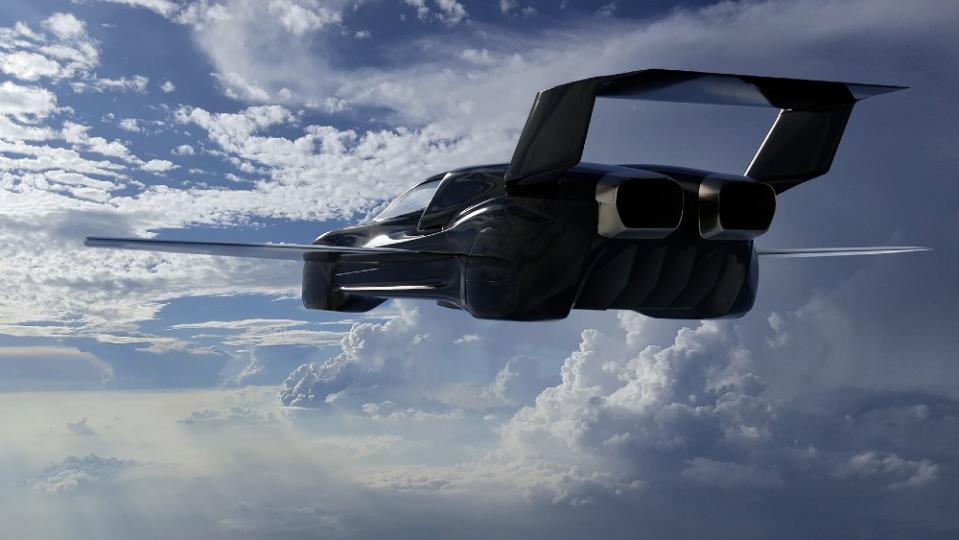
At the moment, Brown expects the prototype will cost about $20 million to develop, with the jetcar costing about $2.5 million once it goes into production.
The Fusion is not meant to be simply a toy for a person who already owns everything else. Instead, says Brown, it serves a very specific purpose: to save time. Brown envisions a scenario in which a business jet flies from Boston to Teterboro, then allows the owner to drive to a meeting in Manhattan.
But when the meeting is over, and the traffic back to Teterboro is dead stop, the owner could take the open lane to LaGuardia, and fly home—minus taxis, getting through the terminal and other time delays that airports cause. The Fusion aims to make flying privately as efficient as possible.
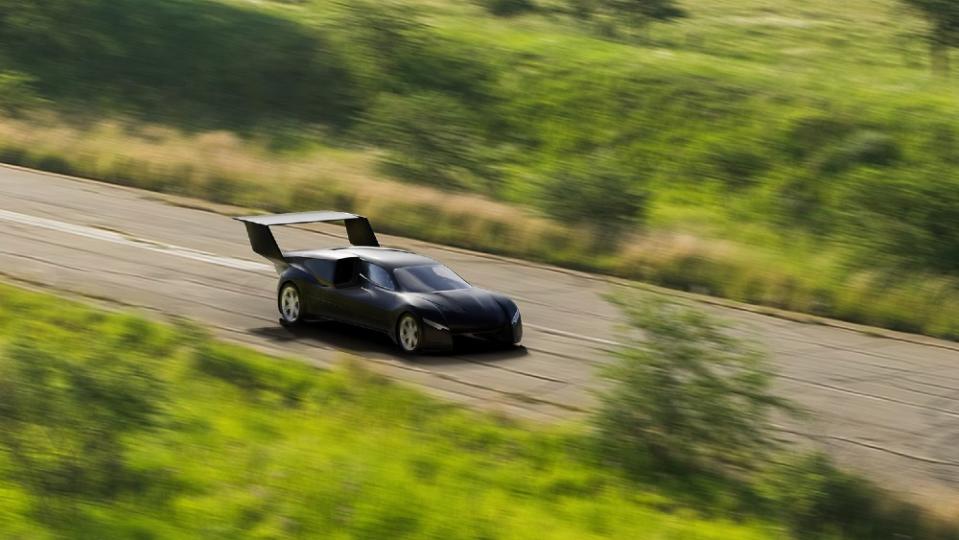
“You could go from New York to DC and back easily,” says Brown. “The jetcar puts anywhere in either city just 40 minutes away. Even with a helicopter you don’t think that way. With the Fusion you just drive to the airport and fly.”
The jetcar’s landing technology, says Brown, also makes it suitable for a range of airports. Thanks to large, carbon-fiber hypercar brakes, the Fusion can stop in just 2,500 feet. A 10-inch throw on the suspension is similar to those seen on Baja trucks. Brown says the suspension system can absorb an enormous amount of force, and when combined with its automatic brakes, it’s an easy airplane to land. “You don’t necessarily need to be a good pilot,” he says. “The car does a lot of it for you.”
Best of Robb Report
The 2024 Chevy C8 Corvette: Everything We Know About the Powerful Mid-Engine Beast
The 15 Best Travel Trailers for Camping and Road-Tripping Adventures
Sign up for Robb Report's Newsletter. For the latest news, follow us on Facebook, Twitter, and Instagram.

